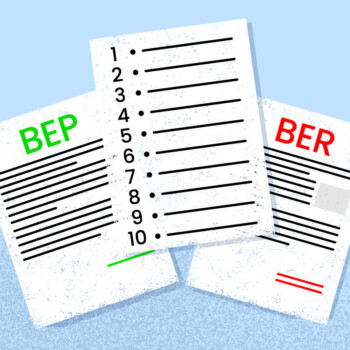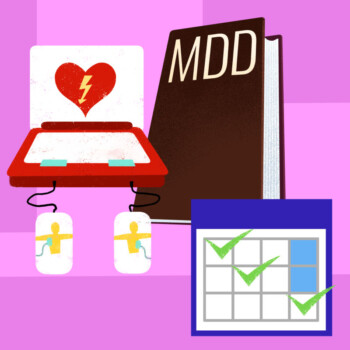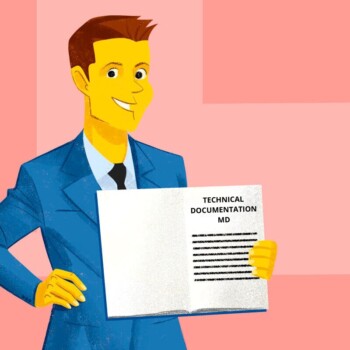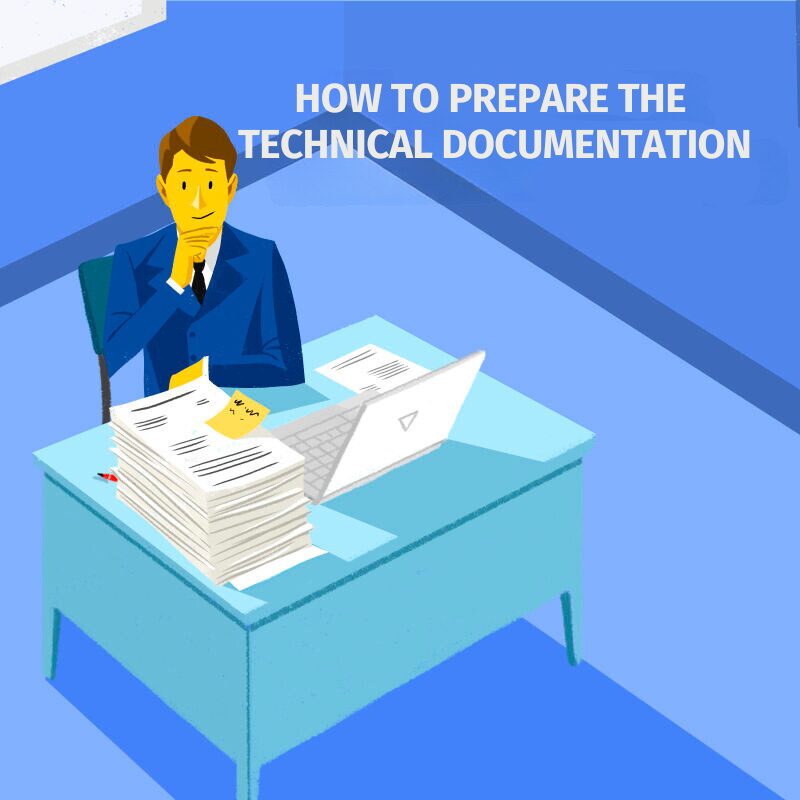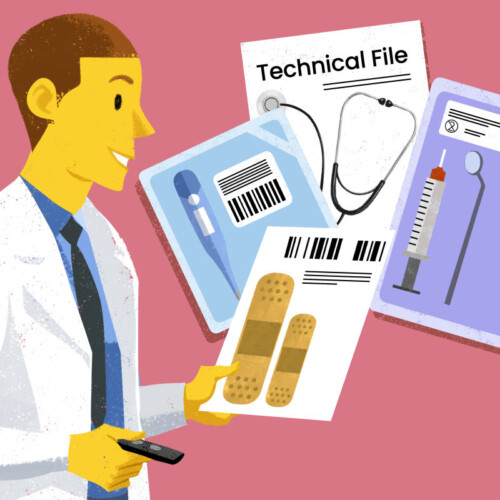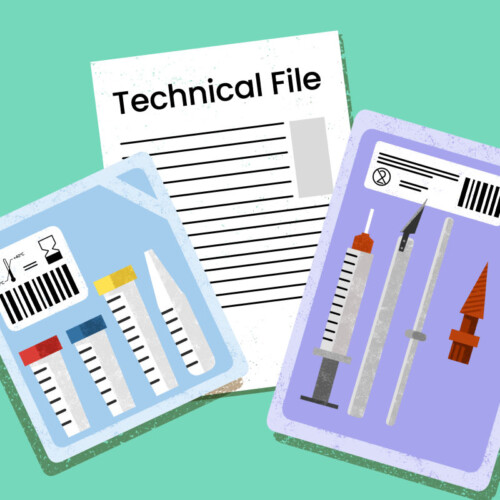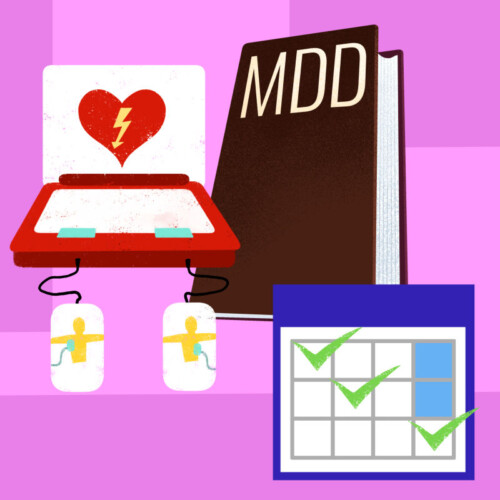In the previous article, we reviewed the essential contents of the Technical Documentation according to Annex II of Regulation (EU) 2017/745 (MDR), also touching on the Technical Documentation for post-market surveillance as outlined in Annex III of the MDR and the necessary documentation for custom devices.
In this article, we will see how to prepare the Technical Documentation (TD) for a medical device, a demanding but mandatory activity for medical device manufacturers. If not properly planned and organized, this task can be very time-consuming and resource-intensive, potentially leading to an inadequate final outcome that fails to ensure that all information is presented as required by the MDR.
- Awareness of Information to Include and Creation of the TD Template
A fundamental prerequisite is definitely the awareness of the information to be included by those responsible for drafting the TD (usually assigned to RA/QA functions), which can be achieved through proper training for staff on Annexes II and III of Regulation (EU) 2017/745 and the supporting guidelines (for example, the guidelines from the Medical Device Coordination Group).
The first step in preparing the TD is to create a Technical Documentation template that allows for the inclusion of all information required by Annexes II and III of the MDR. For these, we refer back to the previous article on the subject.
The Position Paper on Best Practices for Submitting Technical Documentation
To create the template, we suggest using as a reference—not only the Regulation itself—but also the Position Paper from Team-NB (The European Association of Medical Devices Notified Bodies) titled “Best Practice Guidance for the Submission of Technical Documentation under Annex II and III of Medical Device Regulation (EU) 2017/745.”
This document serves as a guide to best practices for manufacturers when presenting Technical Documentation and was developed through collaboration among various notified bodies that are members of Team-NB, with the aim of offering a unified and integrated approach for the submission of the TD.
Of course, regarding requirements, this guideline aligns with Annexes II and III of the MDR; its added value is that it clarifies the expectations of notified bodies regarding these requirements, describing the minimum information that must be provided point by point.
However, an important disclaimer in the guideline indicates that, although the content is extensive, it may not be exhaustive, and any references to MDCG guidelines should be considered. The disclaimer continues by stating that each notified body (NB) reserves the right to request additional information as part of the technical evaluation that goes beyond what is listed in the guideline.
Depending on the risk class of the device and/or the chosen conformity assessment procedure, the Technical Documentation may indeed be subject to evaluation by the notified body.
In these cases, it is good practice to also consider any guidelines issued by your NB that may specify the expected content for the Technical Documentation in general or for a specific topic (e.g., sterilization) or regarding the preferred methods or formats for presenting information (e.g., whether a table and/or flowchart format is preferred over text for a certain set of information).
2. Compilation
Once the TD template is created, the compilation phase begins.
The Descriptive Part of the Medical Device
Based on our experience, it is strategic to start by compiling the descriptive part of the device, which is usually already available when the decision is made to begin the certification process under the MDR. This is very useful for correctly “framing” the device in question and explaining terms and concepts that will be used later.
For example, defining from the outset what is meant by “device,” “family,” “part or component,” “variant,” “configuration,” etc., is necessary to facilitate understanding among the departments or resources involved in preparing the TD and to ensure consistency within the final TD.
Defining the Management of Attachments to the Technical Documentation
Another step that should be addressed from the beginning is defining the management of attachments to the TD, so that content can be collected and numbered uniformly and organized from the start. This management definition should take into account the possibility of subsequent updates and new entries, ensuring that this is feasible without altering or overly complicating the overall structure of the TD.
Mapping Essential Information
It would then be advisable to proceed with mapping the essential information for the specific device that will be the subject of the Technical Documentation. This step involves marking various parts of the TD as applicable/non-applicable concerning the device and, for the applicable parts, defining what information/documents need to be included, possibly consulting with colleagues and/or suppliers with expertise in the matter. While the RA/QA departments typically handle the drafting of the TD, for the more technical aspects (e.g., production process, process validations, and specific verification tests), it is advisable (or in some cases necessary) to rely on the advanced expertise of colleagues/suppliers with “field experience.”
This analysis should occur early in the preparation of the TD to fully understand what technical information is needed to meet the requirements and identify any gaps that need to be filled.
If the need for new studies is identified, the timelines for their execution could significantly impact the preparation timelines for the Technical Documentation. The same undesirable impact could occur if missing information is requested from suppliers, who may in turn need to ask their sub-suppliers, thereby extending the time needed to obtain it.
Project Plan
Finally, for the compilation phase, it would be optimal to have a project plan with clearly defined activities, responsibilities, and deadlines, and to monitor the progress of TD preparation with interim checks to ensure the final deadline agreed upon with the NB for submission (or any other deadline set according to business needs) is met.
3.Final Check
Preparation concludes with the final check of the Technical Documentation to ensure that the TD is complete with all necessary information for the type of device it refers to and that all mentioned attachments are included. To further reduce the risk of errors, it is good practice to conduct a double check, assigning someone who was not involved in preparing the TD to act solely as a reviewer. The final check also serves to ensure that the TD is presented clearly, organized, unambiguous, and in an easily consultable format, as required by the MDR.
The absence of these characteristics could cause delays in the review of the TD by the NB, significantly impacting the manufacturer’s “roadmap” toward MDR certification or, in the worst-case scenario, even result in the rejection of the Technical Documentation.

